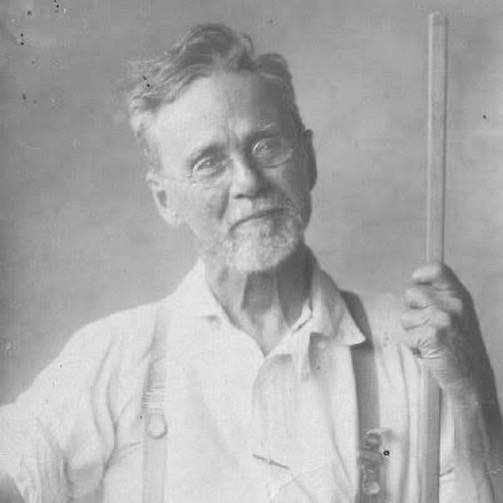
Life should be painless, wouldn’t you agree?
Do you have an injury or pain that needs some attention?
I’m here to support you on your health journey from wherever you are,
to wherever you want to be.
My name is Dr Alex Dawson (Osteopath), located in Byron Bay.
For me, becoming an AHPRA registered Osteopath finalises a long journey of learning about human structure & function, as well as holistic health modalities, to support the well-being of my community.
What is Osteopathy & How Can You Benefit?
Osteopathy is an internationally recognised form of evidence-based complementary healthcare that emphasises the important role of the musculoskeletal system in supporting optimal health.
Osteopaths are registered allied health practitioners who have completed post-graduate level university training to provide you with comprehensive care to suit your particular needs and goals.
Osteopaths look closely at the relationship between structure & function within the human body by performing a thorough physical assessment, to determine the cause of dysfunction and provide an accurate diagnosis.
Osteopathic treatment involves the therapeutic use of manual therapy, including a range of “hands-on” techniques which may provide relief from musculoskeletal pain and assist in tissue recovery, such as:
- Massage
- Assisted muscle stretching
- Joint mobilisation
- Spinal manipulation
- and many more…
Better health outcomes can be achieved in conjunction with advice about your lifestyle, diet, stress-management, posture & ergonomics which may be factors influencing your pain or injury. As well as exercise rehabilitation programs to support your recovery and empower you with tools for self-management.
I’m also equipped to provide private health rebates, medicare chronic disease management plans (via GP referral), and WorkCover insurance claims.
To find out more about me and how we can work together to get you moving and feeling better please feel free to contact me.


